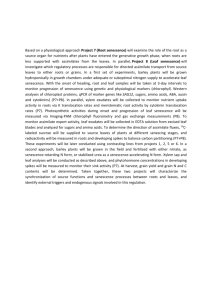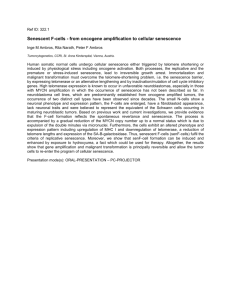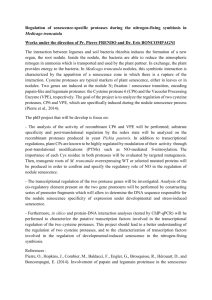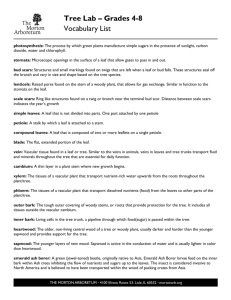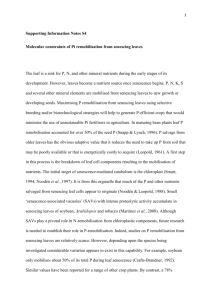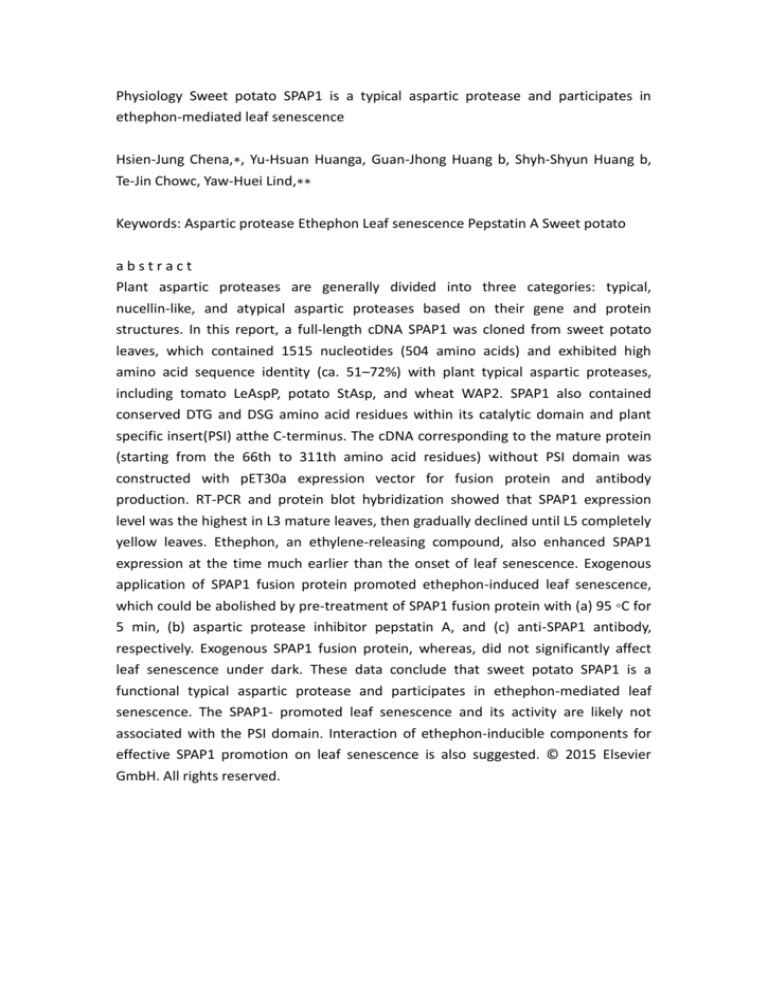
Physiology Sweet potato SPAP1 is a typical aspartic protease and participates in
ethephon-mediated leaf senescence
Hsien-Jung Chena,∗, Yu-Hsuan Huanga, Guan-Jhong Huang b, Shyh-Shyun Huang b,
Te-Jin Chowc, Yaw-Huei Lind,∗∗
Keywords: Aspartic protease Ethephon Leaf senescence Pepstatin A Sweet potato
abstract
Plant aspartic proteases are generally divided into three categories: typical,
nucellin-like, and atypical aspartic proteases based on their gene and protein
structures. In this report, a full-length cDNA SPAP1 was cloned from sweet potato
leaves, which contained 1515 nucleotides (504 amino acids) and exhibited high
amino acid sequence identity (ca. 51–72%) with plant typical aspartic proteases,
including tomato LeAspP, potato StAsp, and wheat WAP2. SPAP1 also contained
conserved DTG and DSG amino acid residues within its catalytic domain and plant
specific insert(PSI) atthe C-terminus. The cDNA corresponding to the mature protein
(starting from the 66th to 311th amino acid residues) without PSI domain was
constructed with pET30a expression vector for fusion protein and antibody
production. RT-PCR and protein blot hybridization showed that SPAP1 expression
level was the highest in L3 mature leaves, then gradually declined until L5 completely
yellow leaves. Ethephon, an ethylene-releasing compound, also enhanced SPAP1
expression at the time much earlier than the onset of leaf senescence. Exogenous
application of SPAP1 fusion protein promoted ethephon-induced leaf senescence,
which could be abolished by pre-treatment of SPAP1 fusion protein with (a) 95 ◦C for
5 min, (b) aspartic protease inhibitor pepstatin A, and (c) anti-SPAP1 antibody,
respectively. Exogenous SPAP1 fusion protein, whereas, did not significantly affect
leaf senescence under dark. These data conclude that sweet potato SPAP1 is a
functional typical aspartic protease and participates in ethephon-mediated leaf
senescence. The SPAP1- promoted leaf senescence and its activity are likely not
associated with the PSI domain. Interaction of ethephon-inducible components for
effective SPAP1 promotion on leaf senescence is also suggested. © 2015 Elsevier
GmbH. All rights reserved.

